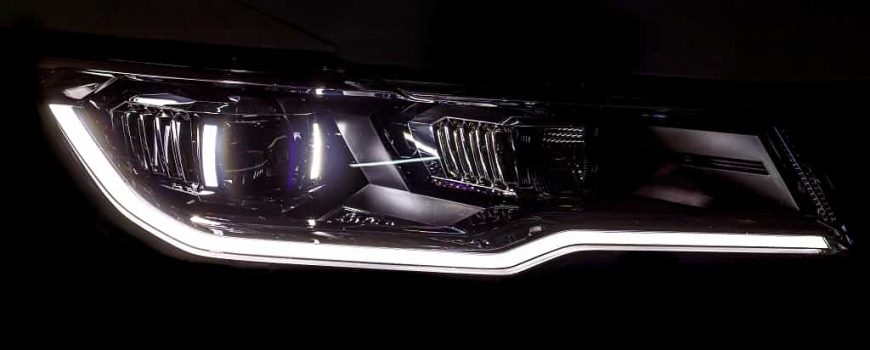Daytime running lights are lamps that make the vehicle easier to identify when driving during the day, and are installed at the front of the body. That is to say, this lamp is not a lighting lamp, not to enable the driver to see the road clearly, but to let others know that a car is approaching, which belongs to the category of signal lights.
In fact, the biggest effect of daytime running lights is not beauty! It is to provide the identification of the vehicle. Turning on the headlights while driving can reduce vehicle accidents by 12.4%, and at the same time, it can reduce the probability of death in car accidents by 26.4%. Therefore, in the early days of North America, there were many new cars that appeared in North America. The headlights are automatically turned on, and the European Union also began to promote it in 2011!
In order to improve driving safety, the EU stipulates that since 2011, all new cars in the EU must be equipped with daytime running lights. The daytime running lights are different from ordinary low beams. They are specially designed for daytime driving lighting, and the energy consumption is only Daytime running lights D03 lead to 15% of ordinary low beams. The daytime running lights using LED technology have further improved the energy saving effect, and the energy consumption is only 10% of the ordinary low beam. When the car engine starts, the daytime running lights are automatically turned on, and the brightness is continuously increased to attract the attention of other motor vehicles, non-motor vehicles and pedestrians on the road. When night falls and the driver manually turns on the low beams, the daytime running lights are automatically turned off.
Judging from those EU countries that have begun to explore and respond to this regulation, the use of daytime running lights has indeed played a positive and effective role in improving road safety and reducing traffic accidents. Vehicles such as sedans, vans, and buses are equipped with daytime running lights to significantly improve their visibility, thereby increasing driving safety.
The regulation has not yet been discussed by the council members of the EU member states, industry representatives and non-governmental groups. If it is unanimously adopted, the new regulation stipulates that from February 7, 2011, all new passenger cars in the EU will be banned. Daytime running lights must be installed on all types of vans and minivans; from 7 August 2012, all new types of vans and buses in the EU must have daytime running lights.
Some of the LED daytime running lights installed in the front are lights that make the vehicle more recognizable during daytime operation. The effect is not to allow the driver to see the road, but to let others know that a car is approaching. Therefore, the running light is not a light, but a warning light. It’s true that daytime running lights can make a car look cooler, but the biggest effect is in providing vehicle identification. In short, the goal of daytime traffic lights is traffic safety.

